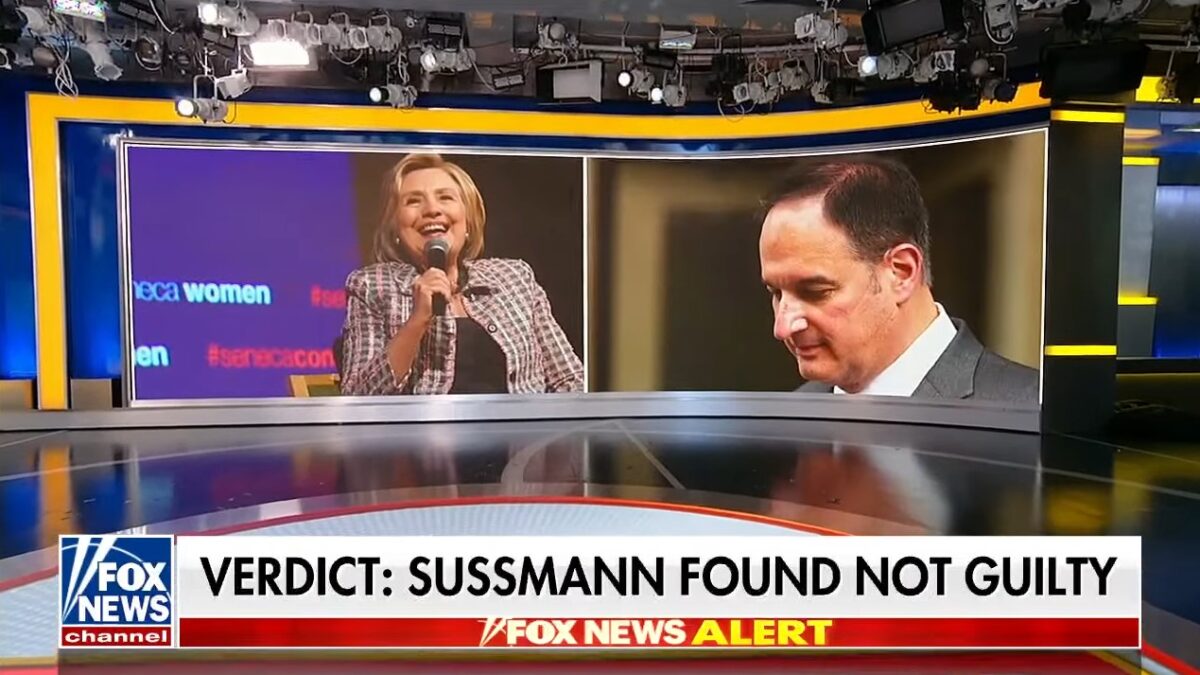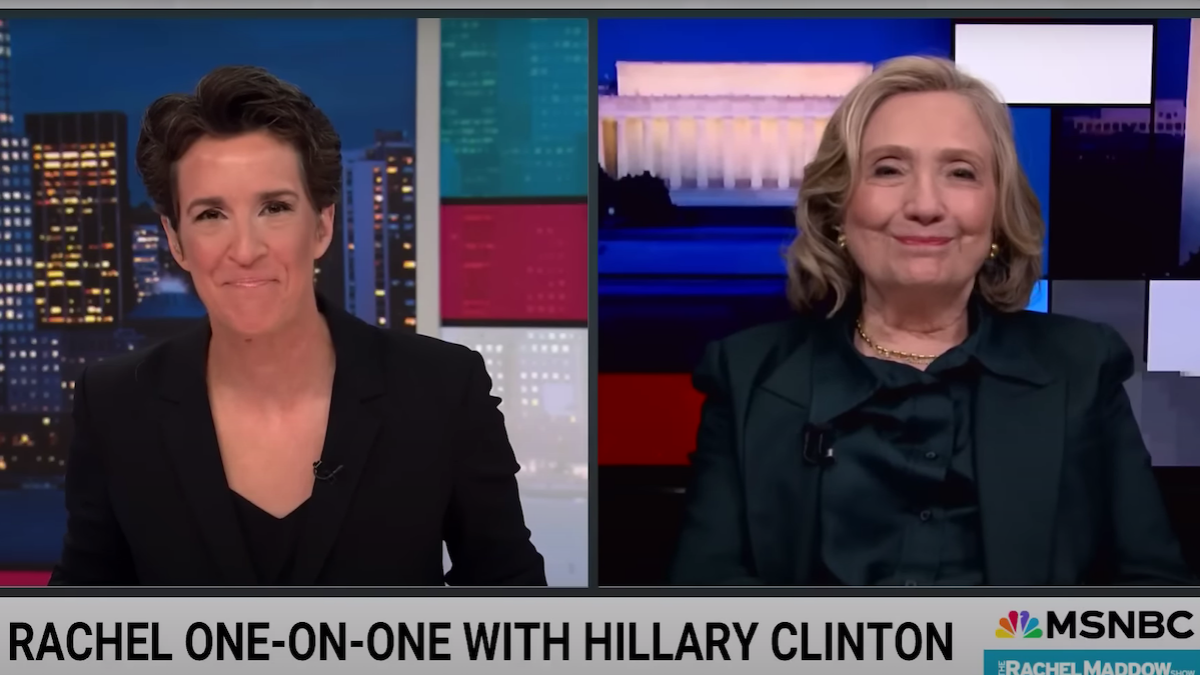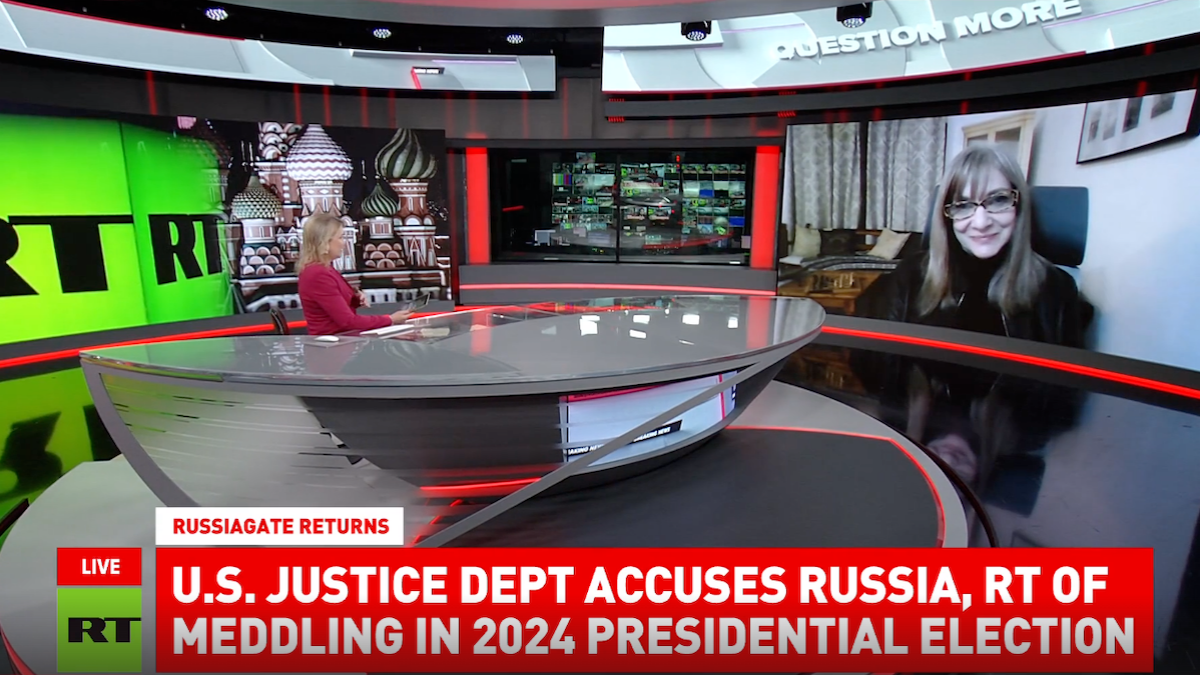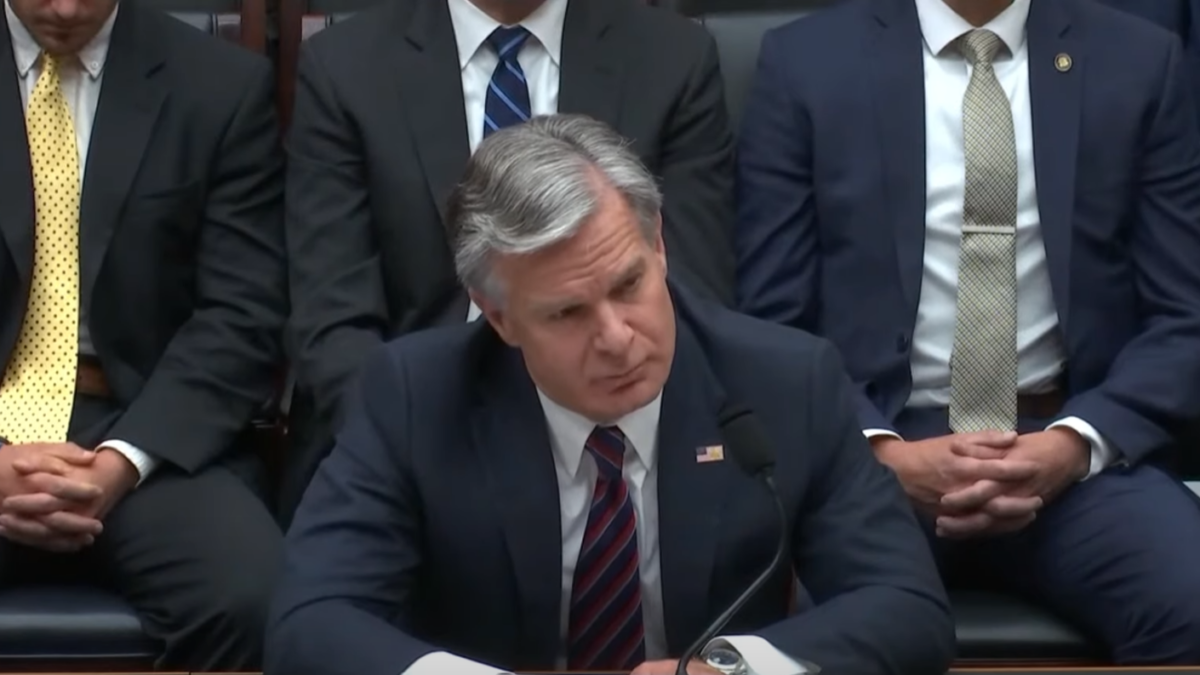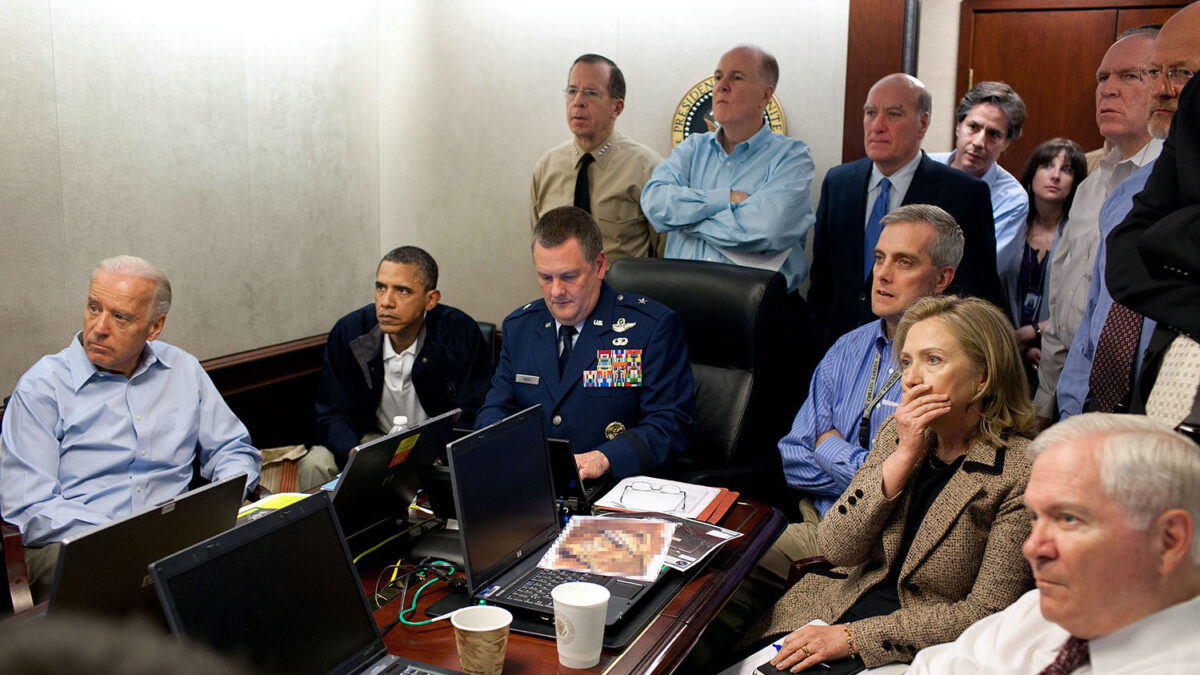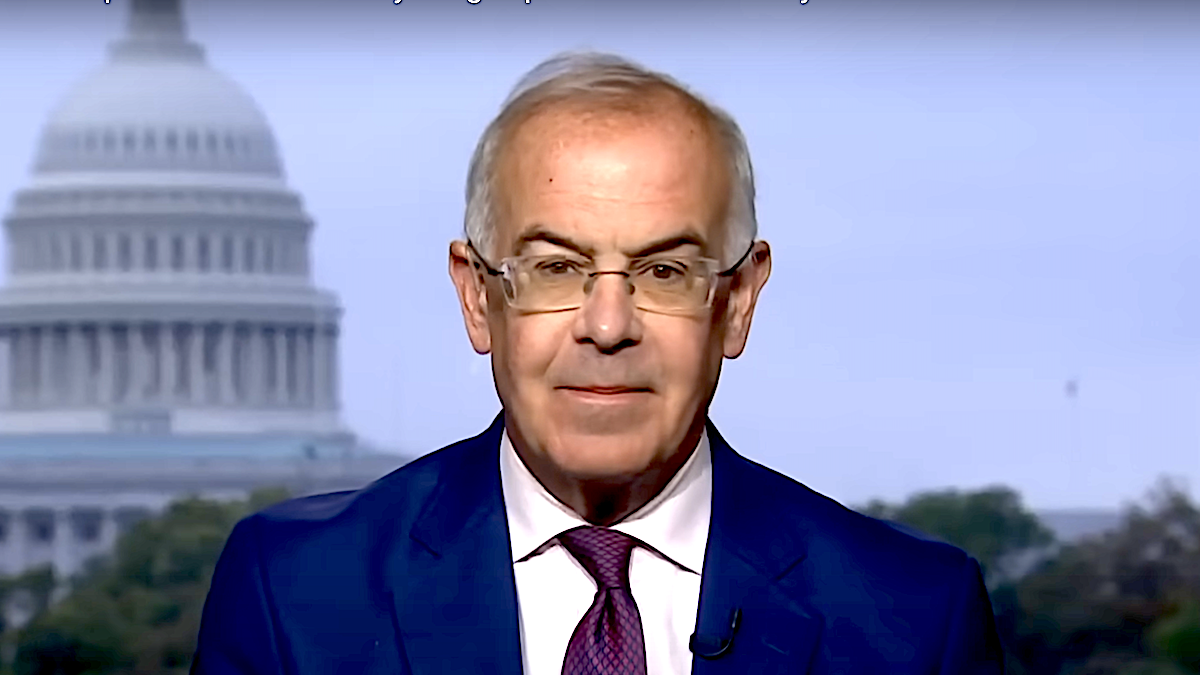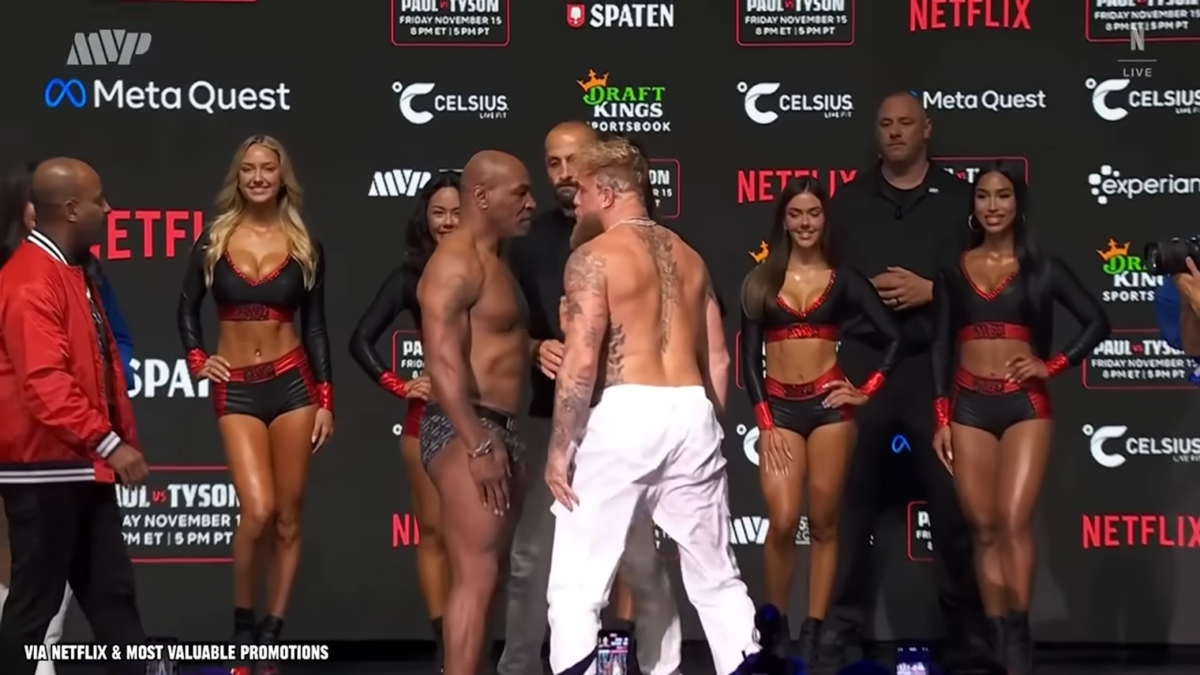After deliberating for less than one day, the jury in the Michael Sussmann criminal case returned a not-guilty verdict today in a D.C. federal court.
Notwithstanding the verdict, in prosecuting Michael Sussmann for lying to former FBI General Counsel James Baker when he provided Baker data and whitepapers purporting to show a secret communication channel between the Russia-based Alfa Bank and Trump, the special counsel revealed several significant realities to the American public.
As I detailed earlier today, United States v. Sussmann exposed that Hillary Clinton holds full responsibility for the Russia collusion hoax, with her former campaign manager Robby Mook testifying she personally approved peddling the Alfa Bank tale to the media. The Sussmann prosecution also dispatched the lingering claims that a secret communication channel between Trump and Russia truly existed as “5150,” or delusional, talk.
Even the acquittal of Sussmann will not erase these facts. So for all posterity, Clinton’s fingerprints will be seen covering the worst political scandal of our country’s history.
Clinton, however, will not be the only one whose legacy will forever be tainted. The special counsel’s prosecution of Sussmann likewise decimates the reputation of the legacy media.
The Legacy Media Was and Is a Leftist Lapdog
The corporate press has long demonstrated anti-conservative bias, but once it became clear Donald Trump would be the Republican challenger to Clinton in her bid for the presidency, the legacy media abandoned all semblance of journalistic integrity. The special counsel’s prosecution of Sussmann, however, shined a spotlight on the self-immolation of the profession in two new ways.
First, the prosecution of Sussmann made public email communications between the Clinton-campaign-funded Fusion GPS and prominent reporters at The New York Times, Washington Post, Reuters, Yahoo! News, ABC News, and Slate. Those emails exposed the supposed journalists collaborating closely with the opposition researchers working at Fusion GPS for the Clinton campaign during the 2016 election.
In one email, Fusion GPS’s co-founder Peter Fritsch pushed ABC News’s Matthew Mosk to run the Alfa Bank story, telling him, “Dude this is huge.” Fritsch took a more aggressive stance with Reuter’s Mark Hosenball, venting in a mid-October 2016 email, “Do the fucking alfa bank secret comms story,” telling him, “it is hugely important.”
When Hosenball pushed back that he lacked the technical expertise to evaluate the data, Fritsch told Hosenball to “call David Dagon at Georgia Tech.” Of course, thanks to the Sussmann trial, it is now public knowledge that, far from being a disinterested expert, Dagon worked with Joffe to craft the Alfa Bank tale sold to the media and the FBI. Dagon was also rabidly anti-Trump.
However, “neither Reuters nor ABC did the story then—but Fusion GPS soon found someone who would” when Fusion GPS’s team “went to see Franklin Foer, then working for Slate, at his home outside Washington, D.C., to brief him about the data suggesting ties between the Alfa Bank and Trump servers.”
Foer would later “break” the Alfa Bank story on October 31, 2016, sending Fusion GPS running back into the arms of the media pals who had previously rejected them. To Hosenball, Fusion GPS wrote, “big story on the trump Alfa server moving early pm,” followed by an “off the record” assurance the “U.S. government absolutely investigating.” Fusion GPS repeated the push with Michael Isikoff at Yahoo! News.
Using Federal Agencies to Push Smear Campaigns
Fusion GPS’s assurance to reporters the “U.S. government absolutely investigating” confirms the prosecution’s theory in the Sussmann case that the then-Clinton campaign attorney took the Alfa Bank data to the FBI to bolster its credibility. This also counters Sussmann’s claim that the Clinton campaign did not want the FBI involved because it could delay or kill the story. The jury, however, never learned of these emails or Fusion GPS’s use of the FBI’s investigation—prompted by Sussmann—to sell the Alfa Bank story to the press.
The emails uncovered as part of the Sussmann’s prosecution extended beyond coordination between the Clinton-funded Fusion GPS and the media concerning Alfa Bank. For instance, in mid-May 2016, even before Fusion GPS hired former MI6 spy Christopher Steele, Fusion GPS’s Jake Berkowitz emailed Foer several links with introductory sentences about Carter Page, who would later star in the Steele dossier. Peter Fritsch, the co-founder of Fusion GPS, also joined in the email thread, which continued for several days with updated research on Page.
The team effort between Fusion GPS and Foer continued, with Berkowitz on May 19, 2016, telling his Fusion GPS boss and the “reporter” that “some Merrill bond issuances during Page’s tenure” at the investment banking firm of Merrill Lynch involved some “interesting characters,” including Alfa Bank and its founders. Foer’s response to that email read as if he were a fellow Fusion GPS employee, noting he was “going to do some work on Rick Burt,” whom he bets “does some work for the Russians.” Foer then claimed in a follow-up email that Burt was on the Alfa Bank board.
Foer later incorporated the early research he exchanged with Fusion GPS in his Slate piece, “Vladimir Putin has a Plan for Destroying the West—and It Looks a Lot Like Donald Trump,” which cast Page and the Alfa-Bank-connected Burt as Russian-compromised associates of Trump. Foer was also the “journalist” breaking the Alfa Bank “scandal” at Slate just two weeks before the presidential election.
Another email thread between Fritsch and Foer focused on Sergei Millian, whom Fritsch declared was “clearly kgb.”
Washington Post Boosting Oppo Material
In addition, emails uncovered during the Sussmann prosecution revealed that during the summer and fall of 2016, Fusion GPS folks also regularly chatted with the Washington Post’s Democrat scribe, Tom Hamburger. Millian was also the subject of a July 24, 2016 email in which Fusion GPS’s other founder, Glenn Simpson, provided Hamburger three email addresses for Millian—an apparent push for the journalist to focus on Millian as part of the Russia collusion theme.
Fusion GPS’s Fritsch also pushed Millian on The New York Times’s Eric Lichtblau, telling Lichtblau in a September 27, 2016, email that Millian’s “Russianamericanchamber.com was using an IP address registered in Moscow and Alfa was its internet service provider.” That email included several screen grabs for the Times reporter showing the supposed connection between Millian and Russia. And, of course, Millian was later framed as a sub-source in the Steele dossier.
Other emails unearthed during the special counsel’s investigation of Sussmann likewise featured Lichtblau. In fact, until late last week, Sussmann intended to call Lichtblau to testify in his defense, but Sussmann dropped the Times reporter from his witness list after prosecutors made clear they intended to question Lichtblau extensively on his communications with various sources.
Lawyers for Sussmann nonetheless argued to the jury that Sussmann went to Baker with the Alfa Bank “intel” to give the FBI a heads up that the Times would soon be running a story on the secret communications network. Emails between Lichtblau and Fusion GPS seemed to negate that theory, however, while revealing the symbiotic relationship between the Clinton campaign opposition research firm and the journalist.
For instance, in an October 5, 2016, email thread between Fusion GPS’s Fritsch and Lichtblau, Fritsch provided the Times reporter the data showing the supposed Alfa Bank connection. And when Lichtblau asked the source of the data, Fritsch replied “No idea. Our tech maven says it was first posted via Reddit.”
That Lichtblau saw this data for the first time only after Sussmann met with Baker strongly suggests Sussmann’s excuse for sharing the “intel” with the FBI’s general counsel—to give the bureau a heads-up to the story—was bunk. The October 5, 2016, email exchange with Lichtblau proves fascinating for a second reason when read in light of the two versions of the Slate article that ran on October 31, 2016, when Foer broke the Alfa Bank story.
Coverage Failures Cannot Be Explained Away
The original version of the Slate article read: “In September, the scientists tried to get the public to pay attention to their data. One of them posted a link to the logs in a Reddit thread. Soon, the New York Times’ Eric Lichtblau and Steven Lee Myers began chasing the story. (They are still pursuing it.) Lichtblau met with a Washington representative of Alfa Bank on Sept. 21, and the bank denied having any connection to Trump. (Lichtblau told me that Times policy prevents him from commenting on his reporting)” (emphasis added).
Later that day, Slate updated the article, changing the “Soon” to “Around the same time,” and adding a note that “the article has been updated to make clear that the New York Times reporters learned of the logs independently, not from the Reddit thread.”
This correction indicates that the Times reporters took umbrage at the suggestion they had chased a story based on a Reddit thread and sought a clarification from Slate. But the emails uncovered during the Sussmann investigation reveal a scenario that seems even more hack-ish: The Times reporters didn’t even uncover the Reddit thread through their own investigation, but had the data handed to them by the Clinton campaign-funded opposition research firm of Fusion GPS while being told it emanated from Reddit.
While the legacy media might slough off these emails as revealing nothing but them working friendly sources, the corporate media’s failure to cover the special counsel’s prosecution of the Clinton campaign’s former attorney cannot be explained away. Rather, it provides proof that when reporters abandoned the last vestiges of journalistic integrity to crush Trump, they instead destroyed themselves. Watch for further proof of this when the corrupt media provides more coverage of the not-guilty verdict than the entire two-week trial that proceeded it.
